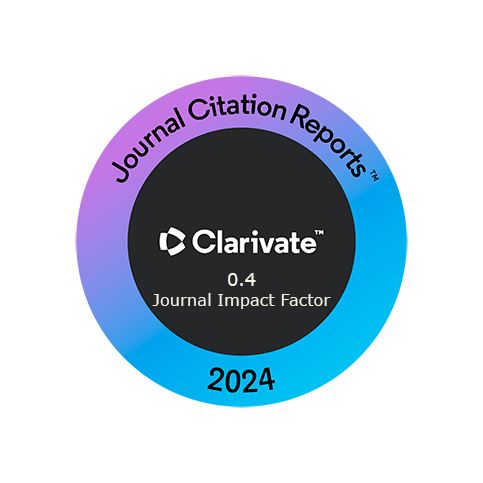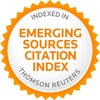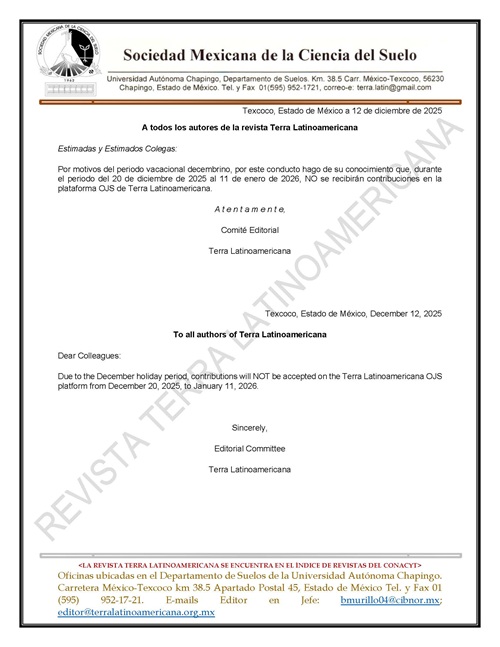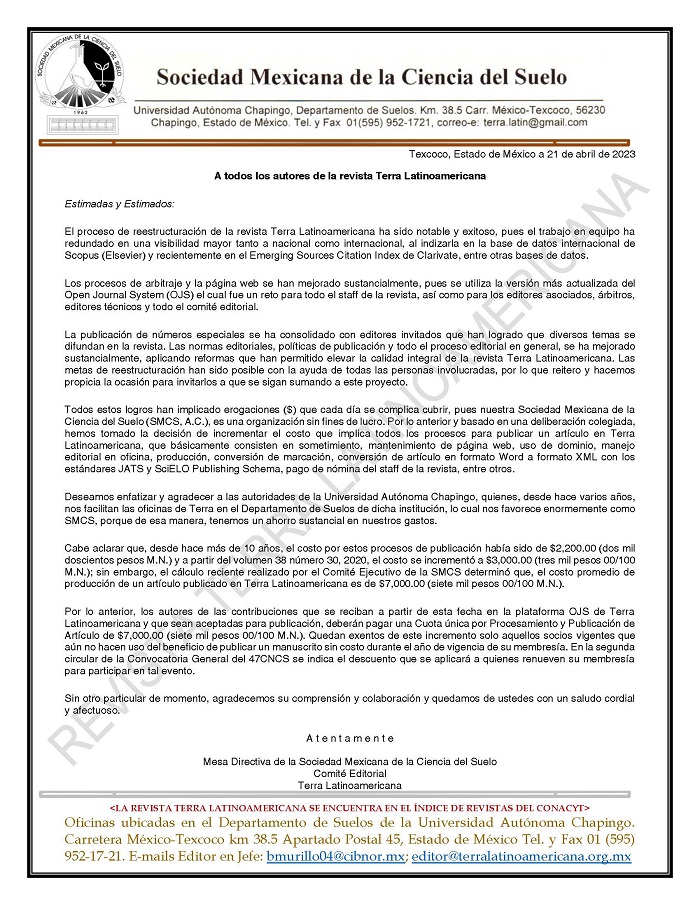Water status and growth of mint plants (Mentha spicata L.) under vermicompost and water deficit treatments
DOI:
https://doi.org/10.28940/terra.v41i0.1634Keywords:
morphometric, water relations, growthAbstract
Approximately 85% of the emerging lands on our planet are subject to the action of drought. The use of natural fertilizers is part of the strategies to achieve greater retention of water in the soil. The application of vermicompost is one of the most used fertilizers for the improvement and preservation of agricultural soils, it is easy to prepare and low cost. Deepening the knowledge of its use in soils of arid zones allows better use of this resource for the solution of drought problems. In this context, the objective of this work was to generate information about the use of vermicompost and its ef fect on soil with water deficit in the cultivation of mint. For this, an experiment was established with a completely randomized design with two factors: the use of vermicompost with a unique dose level that is used by some of the producers of Baja California Sur, and edaphic water deficit with a level established af ter having carried out irrigation to saturation until causing a sustained loss of turgor in the plants. The treatments established were soil-vermicompost-without deficit (SVSD), soil-vermicompost with a deficit (SVCD), soil-without deficit (SSD), and soil-with deficit (SCD). The results showed that the dose of vermicompost used by some of the producers in Baja California Sur for the cultivation of mint is insuf ficient to mitigate the ef fect of edaphic water deficit in the cultivation of mint. The ef fect of edaphic water deficit on mint plants was manifested as negative water potential. For future research, the use of dif ferent doses of vermicompost is recommended to determine the best amounts of this fertilizer for growing mint under water deficit.
Downloads
Publication Facts
Reviewer profiles N/A
Author statements
- Academic society
- Terra Latinoamericana
- Publisher
- Mexican Society of Soil Science, C.A.

















